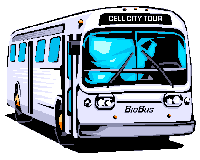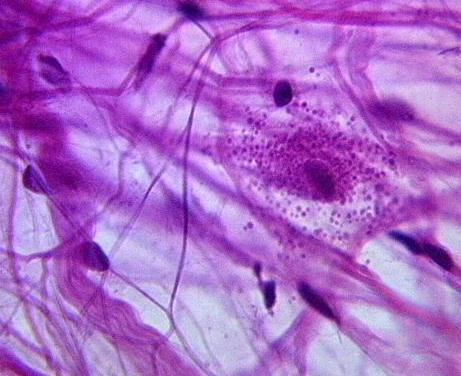|
BEFORE CLASS: BACKGROUND AND PREPARATION
- Preview text chapters, lab manual, Powerpoint
presentations, web resources
- Try online microscope simulator [link]
- Print out handouts for this section of course
- Check out histology websites, beautiful images of
tissues: Univ. of Delaware [link],
JayDoc (Univ. of Kansas) [link]
- Check out Histology World: Send Histology
greeting cards, buy Anatomy Pneumonics T-shirts, Lots of Histology
learning aids: [link]
|
| GOALS |
PRESENTATIONS |
ACTIVITIES |
- Master interactive, dynamic use of microscope
(if not yet done in lab).
|
Preparation of MIcroscope Slides
|
Online
Microscope simulator
|
-
Become familiar with
fundamental tissue types--epithelial and connective--and features of
sub-types within each
|
Epithelial and Connective Tissues
|
Epithelial and Connective Tissue Slides
|
| WEB RESOURCES
Cell City bus tour:

Univ. of Delaware [link]
JayDoc (Univ. of Kansas) [link]
Histology World [link]
College X Drive where you can see tissue images from
class [Link
to Tegrity video with instructions]
Pearson Histology Review--nice slides like ours with and
without labels [link]
|
DETAILED
LEARNING OBJECTIVES
- Establish two basic ways in which cells
organize into tissues: epithelia, connective tissues
- Recognize that nerve tissue and muscle
tissue are unique to animals, unique in their organization and do not
fall into epithelial or connective tissue categories (they will be
covered in more detail later)
- Analyze components of epithelial and
connective tissues and the way each element serves the overall purpose
of the tissue.
- Become proficient at use of microscope
- Learn to read prepared microscope tissue
slides.
- Learn sub-types of epithelial tissues
with examples of each
- Learn sub-types of connective tissues
with examples of each
- Learn to recognize basic tissue types
along with cellular and matrix features of basic tissue types
|



